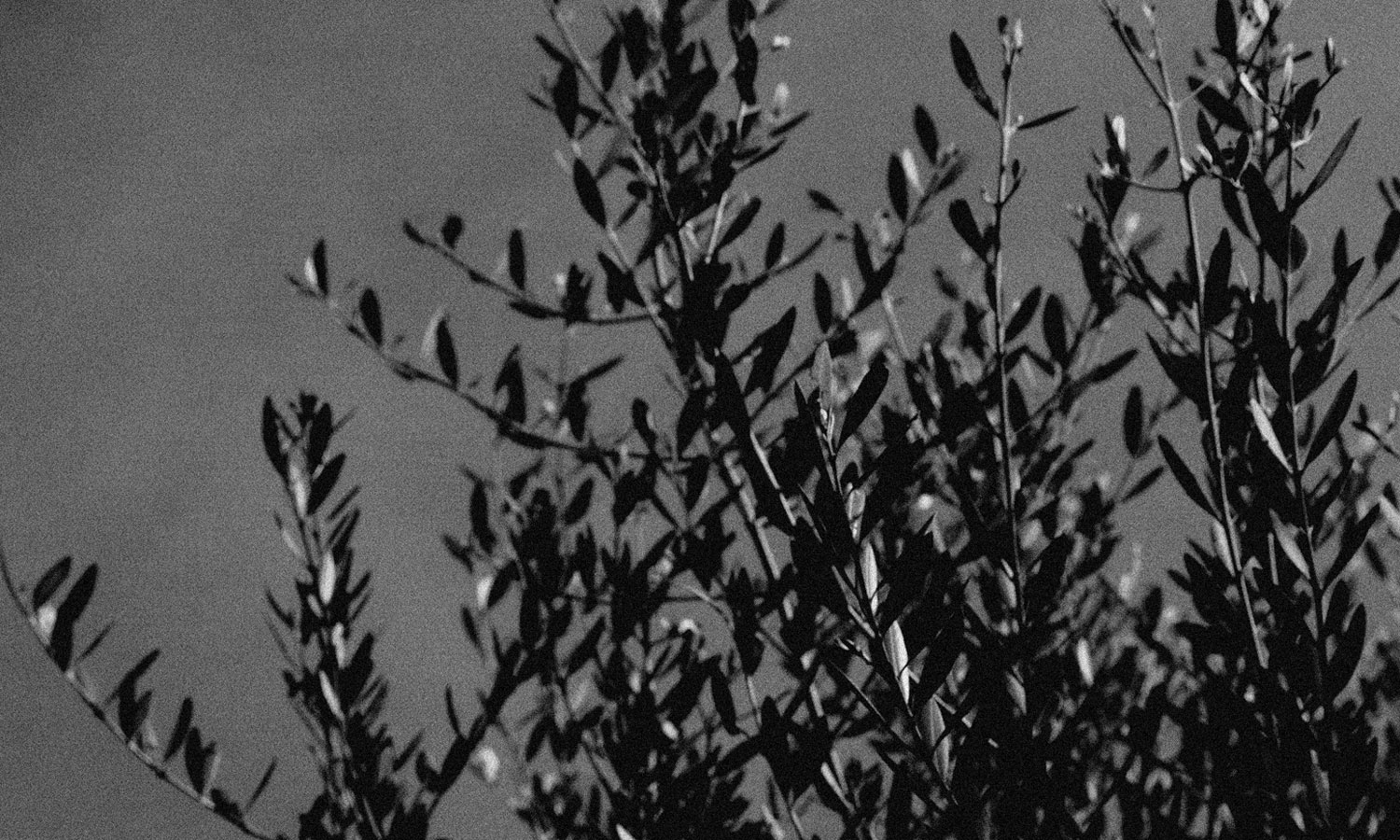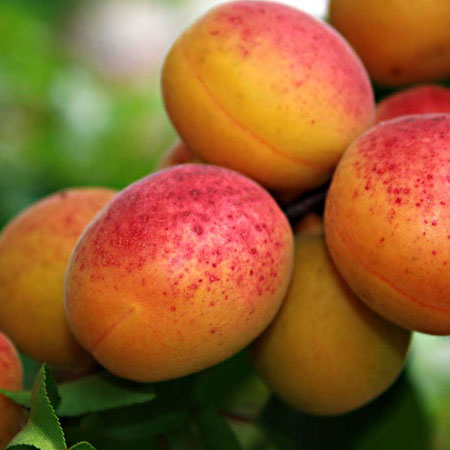

THE UNIQUE TASTE THAT MAKES YOU HAPPY
In the seventies of 900 we still had a great apricot trees, big (for us of course) for its size, although the gain our grandparents obtained was not very big (no I'm not wrong ... I know how much we paid for a kilo but transporters who were already prepared to take them in the boxes payed them very little) and you could taste pounds and pounds of Valleggia, sorry for others but Valleggia apricots are the best in Italy and since the Italian apricots are the best in the world ...It was a delight ...all our neighbors also planted apricots (strictly Valleggia) ... during flowering time the hill was spectacular. I remember friends from Lombardy and Piedmont who frequented beach resorts of Varigotti (the well-known Bagni Clara) expecting late June and early July for eating Valleggia apricots that we brought as a gift almost every morning for about 10 days ... we put apricots on a small table and we only have the time to go into our cabin to change that we found that they already devoured a disproportionate number of apricots.
Times gone by? Nostalgia (a bit 'of course) of a golden age but no more repeatable. The large apricot orchards have been lost, there was no replacement of plants and even my grandparents and my father in front of the shameful price for which they sold the fruits (although for us it had become pure passion and not gain as for our grandparents) almost eliminated this production ... so that's how our legendary micro vineyards have born. But some plants remained and the family continued to eat a product of nature unique in the world. Over the past decade, with my brother we began a slow, difficult, limited but continuous restocking and rejuvenation of the plants that have returned to be present in greater numbers, some will be small but that feeling of early summer, the soft apricot with a its red dots, that drop of water that gushed from the pulp and above all the absolute enjoyment of the taste ... are back. And also the jams of Perti. Of course the production is minimal. Everything depends on our bees and their capacity to pollinate flowers ... we don't need anything else because we do not treat in any way the fruit, apricot Valleggia is resistant and does not need any human intervention, this is a spectacular gift for the human being.
Valleggia apricot "Prunus armeniaca Valleggia" (called Vallegin in Ligurian language) is unlikely mistakable with other, with thin orange skin, a reddish shadow or rather a mask (over color) at the top and red dots. It 'very small but not its aroma and its taste of sweet scented, intense, unrepeatable, with a characteristic hint of sour.
The Apricot story (plant belonging to the Rosaceae family like peach tree, plum, almond, apple, cherry, pear, etc., and do not forget the roses) is well-known and very old, the Latin name (generated this time really by the Romans) recalls the origin of this gift from Armenia, in fact the source is once again Asian (far away from northeastern China to the Russian border).
2000 years BC apricots were known to us where the sun rises, the Romans (in "De Re Rustica" written in the first century before the Common Era, the good Columella mentions a plant that produces an early stage fruits, arbor praecox who came to us with one word "apricot") found them in Armenia, and the Arabs spread further in the Mediterranean (in Arabic Al-apricot Barquq or simply Al-bar).
But this is the story of the apricot, the Valleggia one (widespread precisely in Valleggia) cultivated in the coast of Savona but also in Genoa, was born from the l wise grafts of peasants of Western Liguria. The first signs we have are at the beginnings of the nineteenth century. Following the annexing of the Ligurian Republic to the French Empire, it was created a Department in Savona (named in memory of the Napoleonic victory of Montenotte), the deputy prefect was the legendary George Gallesio (from Finale, buried in Santa Croce in Florence ) a jurisprudence scientist that became a great botanist. Studying the situation long after the disappearance of the department he wrote his great work (a legend for Collectors) "The Italian Pomona" an essay on fruits (apples) where an apricot called Alexandrian appears in Liguria small and different from Valleggia but perhaps its precursor.
Even in the statistics of the department (headed by prefect Gilbert Chabrol) there is a similar quote. The Department disappeared when the French Empire disappeared from Liguria but in those years it begins the story of Valleggia. We must wait for the end of the century (the nineteenth century) and for the arrival of the new to see officially establish the new cultivar Cultivar local, officially present in 'Encyclopedia Italian Agriculture (R.E.D.A.) in 1952. But the extraordinary increase of production takes place in the first half of the twentieth century. In the thirties the Ligurian production touches the 25,000 quintals. The Valleggia apricot accounted for 70% of production in the province. Then as I said the collapse and implosion; also here saving is linked to the Slow Food Presidium, now there are still ancient trees of fifty or seventy years or more but they are near extinction but there are now made new plant but with a production very far from the previous one.
Among the characteristics (in addition to the strict collection period, a couple of weeks in late June and early July) here is a return similar to the Chinotto perimeter and perhaps also to Pernambuco: the coastal strip up to a maximum of 300 meters above sea level, from Loano Varazze. We are again in the presence of areas of niches, in short, the qualities favored by productions minimum, familiar but and very attentive; the skill of the farmer, technical knowledge and ... ... earth, sky and scents of Liguria say that quantity.
The Apricot treasure is extended. Vitamins (and proteins) are present, PP, B, C, and a sun eating even less than half a pound of apricots satisfying the human need daily attention are strongly present the legendary carotenoids, thus it ensures the protection and care of the skin, nails, hair, bones, scars, of various mucous membranes (digestive, urinary and respiratory), not to mention the famous sight conservation and other bodies that guarantee it. How to forget that the Valleggia as the other apricots and in some cases (potassium) even more is a mine of potassium, calcium, magnesium, iron, phosphorus. Let us remember, however, that, and best avoided if you suffer of kidney stones and above all not to use too much of the core (containing small doses of cyanide, better leave it alone).
One last curiosity; the secret of excellent Sachertorte: the apricottatura (brush the top of the cake with apricot jelly (preferably Valleggia) before glazing it).
CHARACTERISTICS:
